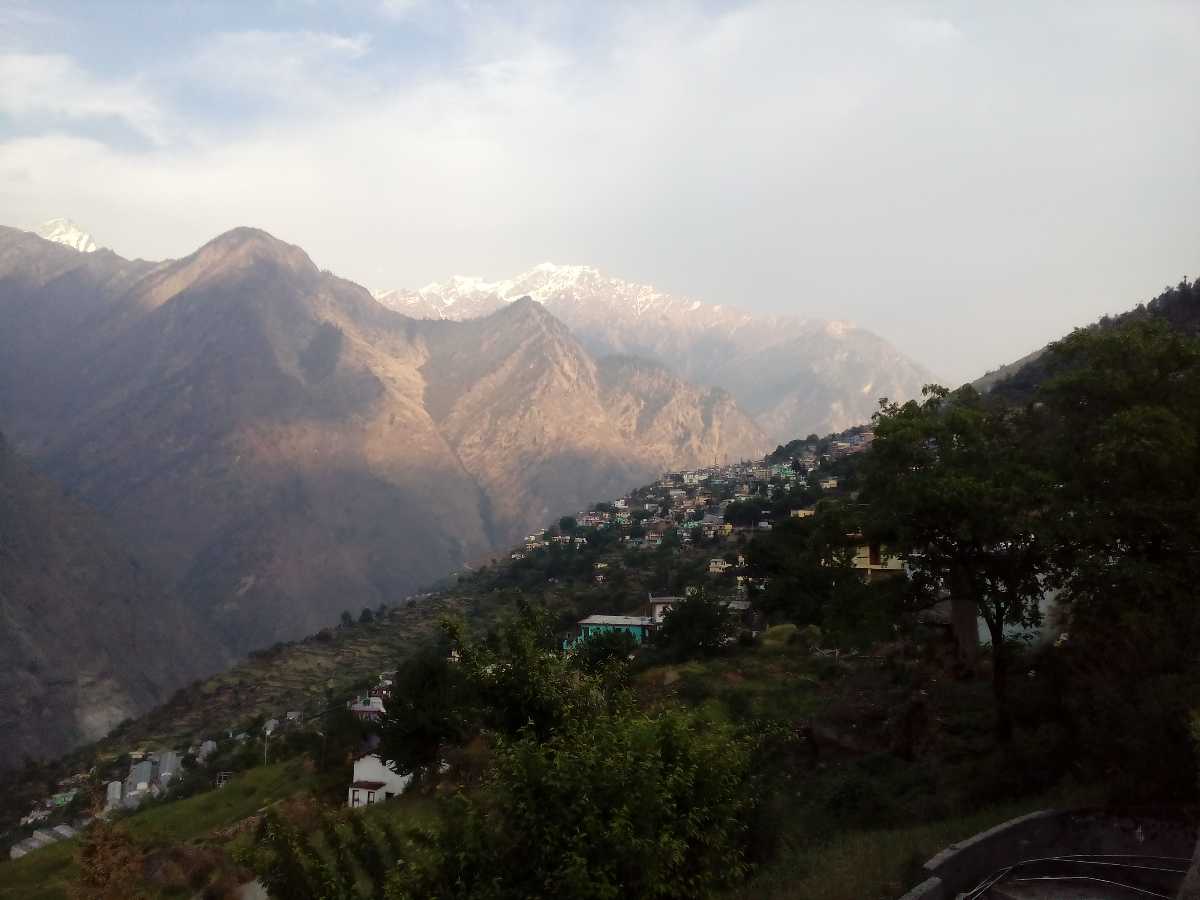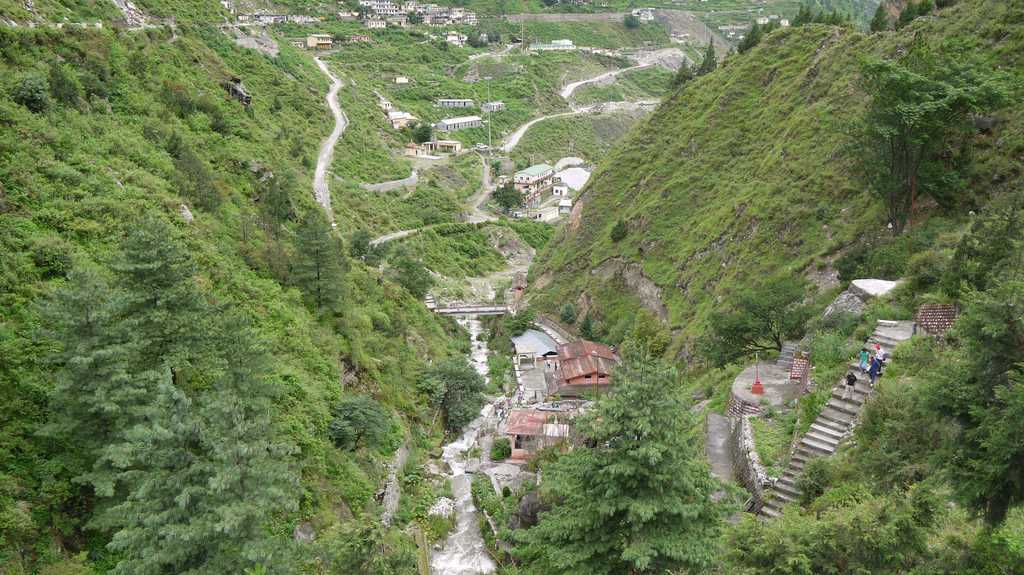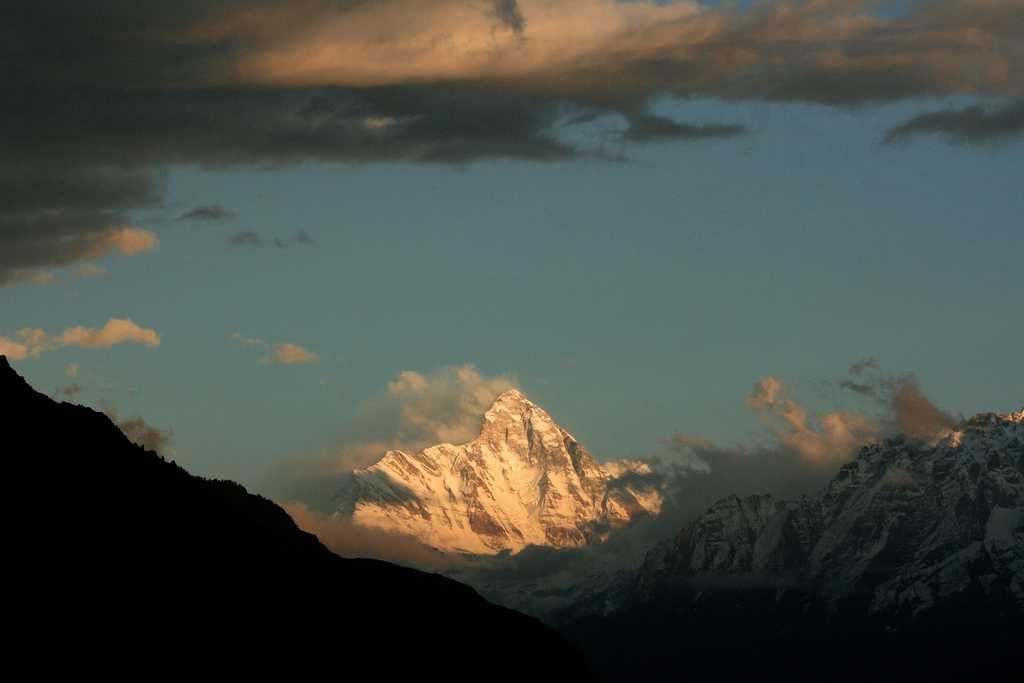Get Holiday Package Offers
You can get a customised offer for your trip duration, dates, and group size
View PackagesBest Time To Visit Joshimath
"Spiritual base for treks and sacred journeys"

Save upto 30%
by comparing quotes from 3 agents
Get Holiday Package Offers
You can get a customised offer for your trip duration, dates, and group size
View Packages
Save upto 30%
by comparing quotes from 3 agents
April to November is the best time to visit Joshimath. Winter season in Joshimath experiences nail-biting cold waves accompanied by heavy snowfall. Monsoon season also receives heavy rainfall and thus is not a good time to visit the town which may result in landslides. However, summers in the city are delightful being mildly cold. Therefore April to November is recommended as an ideal time to explore the natural beauty and spiritual essence of the town.
| Month | High/Low (°C) | Rain |
|---|---|---|
| January | 7°/ -2° | 14 days |
| February | 10°/ -1° | 7 days |
| March | 12°/ 2° | 17 days |
| April | 16°/ 5° | 15 days |
| May | 20°/ 7° | 5 days |
| June | 23°/ 12° | 11 days |
| July | 21°/ 14° | 24 days |
| August | 22°/ 15° | 25 days |
| September | 22°/ 13° | 15 days |
| October | 18°/ 8° | 3 days |
| November | 15°/ 5° | 8 days |
| December | 10°/ 0° | 6 days |


